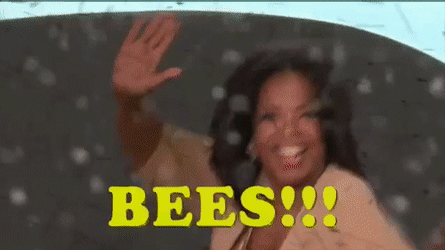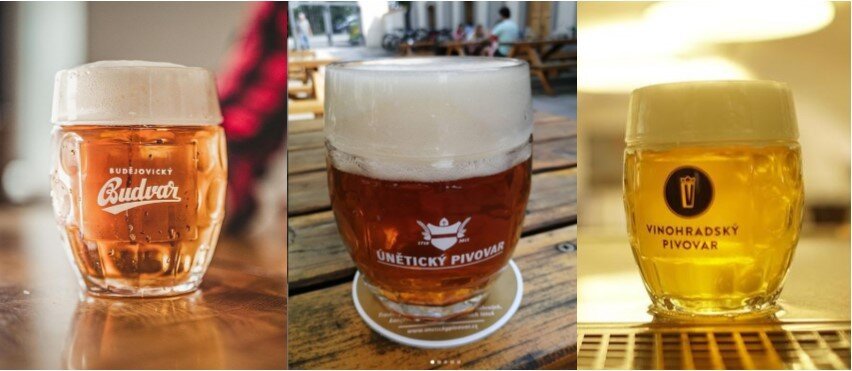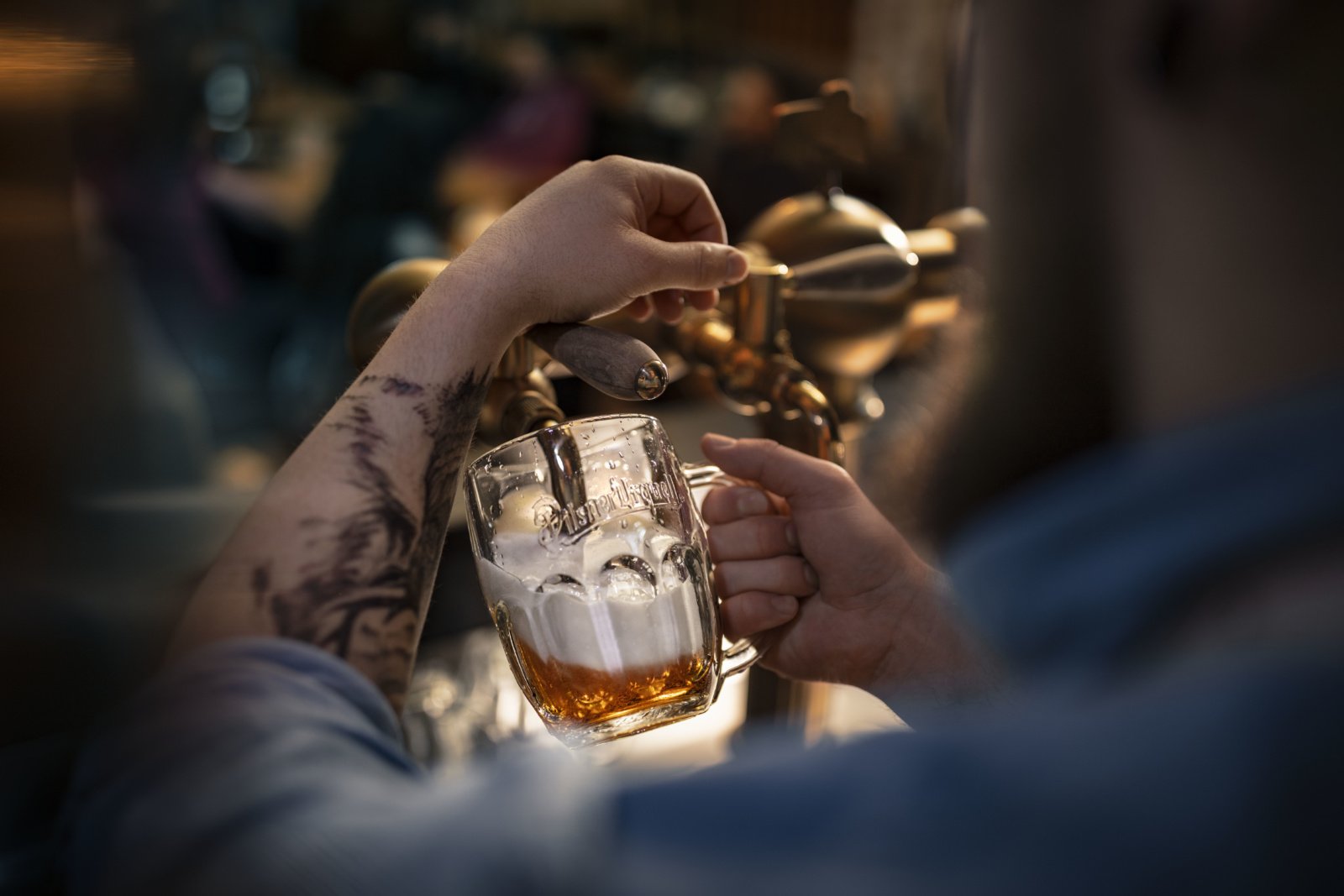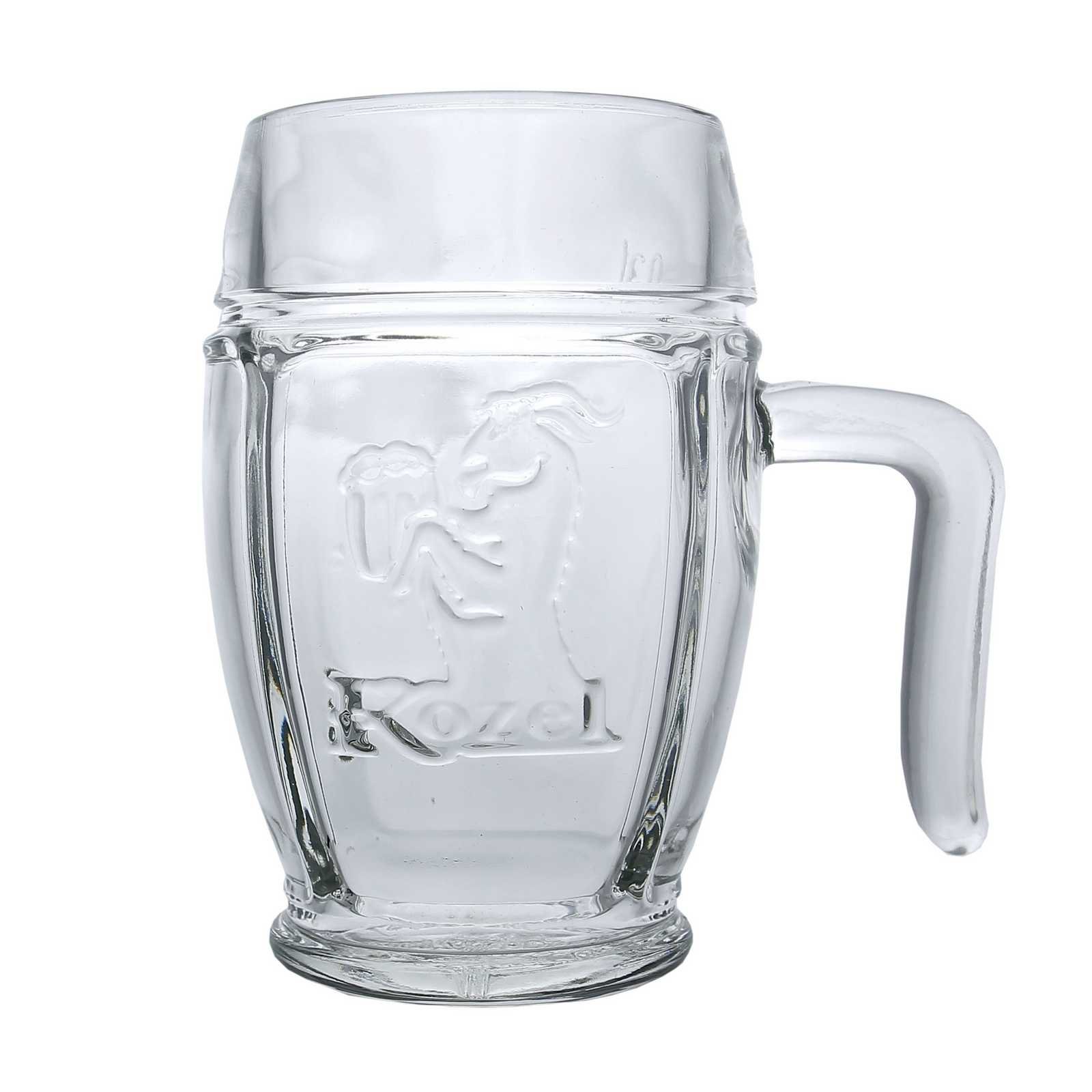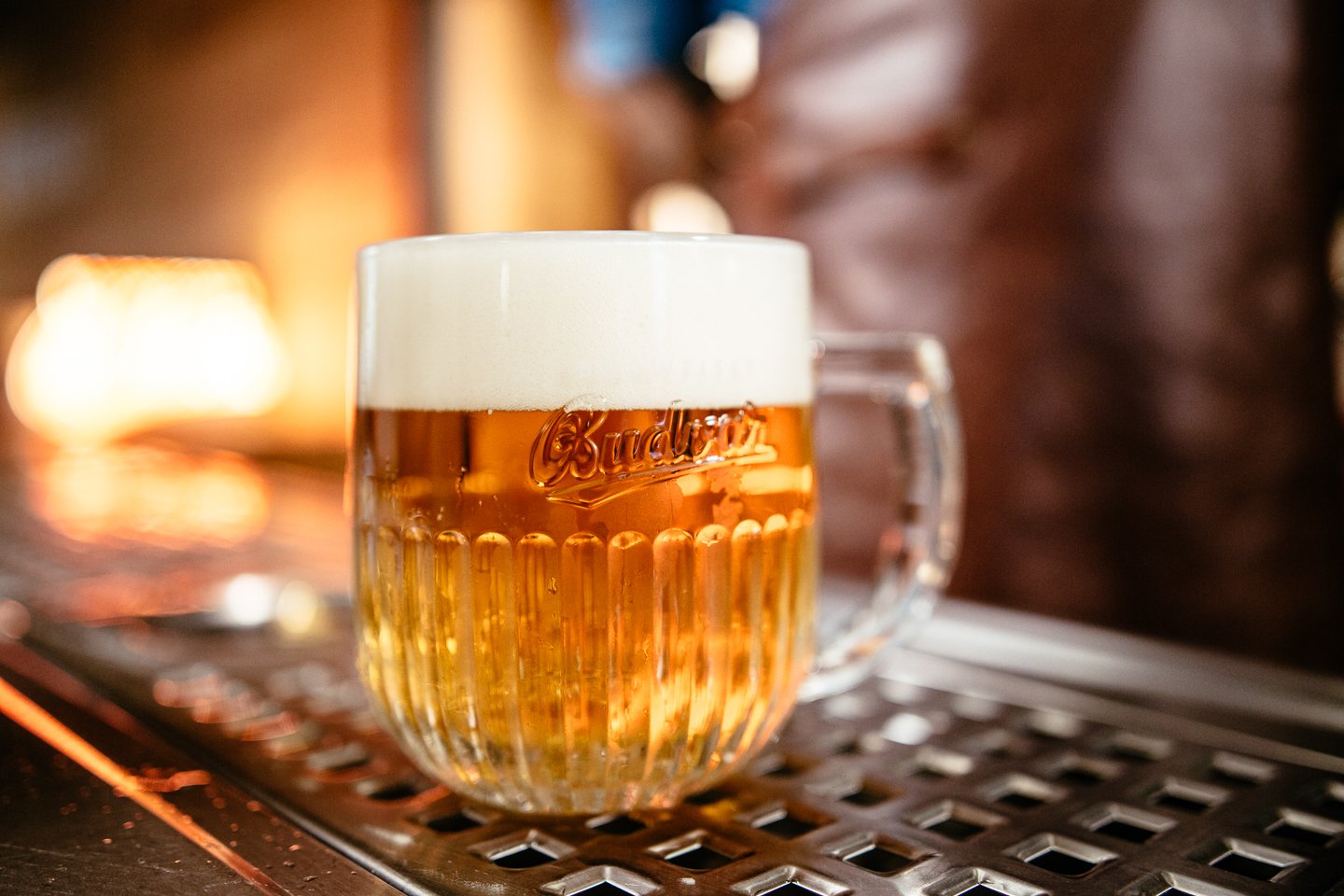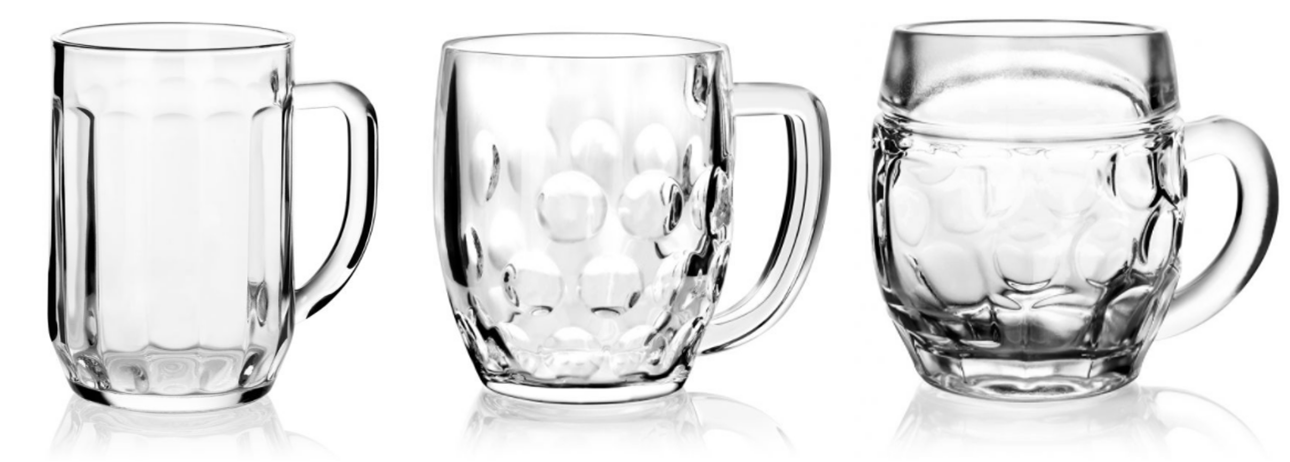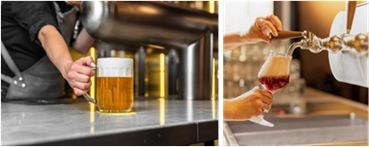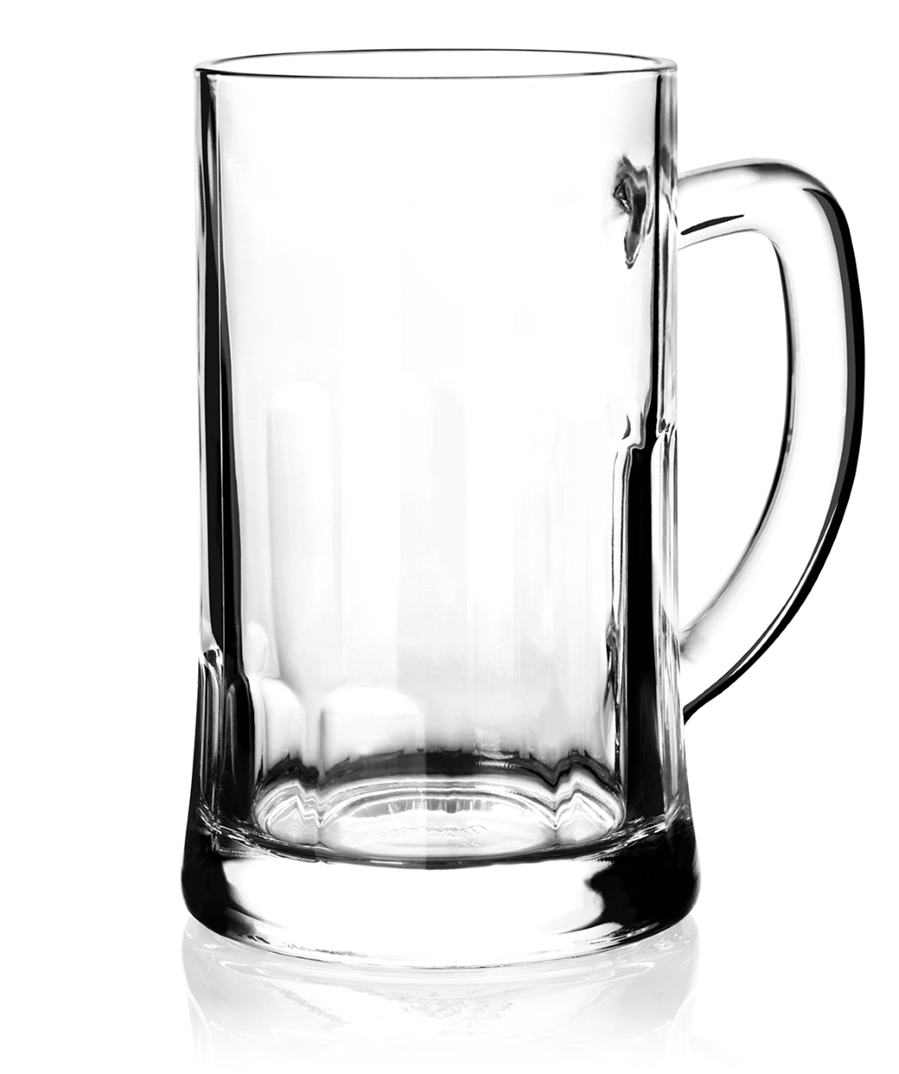by Chloe Kain and Kevin Kain
If you’ve ever indicated you were under the legal drinking age when going to a website for a company that sells alcohol, you may have noticed how some pages redirect you elsewhere on the web. Recently, my daughter Chloe has taken an interest in exploring some of these redirects and we thought it would be fun to share some of our favorites. So, I’m very excited to have a co-authored post here. Please click on the brewery names or images below to go to their sites. Enjoy, and let us know some of your favorites not shown here.
Freak Folk Bier, Waterbury, VT
The redirect for Freak Folk Bier’s website takes you to Toys “R” Us, an old chain toy store that had shut down in the United States, but is now making a comeback.
Chloe says: We were very lucky because when we went on the website, we found out that Geoffrey, the store’s mascot, was celebrating his birthday. Geoffrey is a giraffe, and I like giraffes a lot. It’s good to celebrate giraffes because they’re an endangered species.
Kevin says: It’s nice to see Toys “R” Us making a comeback because it was a special place to me when I was a kid. I still remember being excited when my parents took me to the store in Yonkers, NY. It’s cool that Freak Folk is supporting an underdog. Yeah, it’s not a mom and pop, but it’s not Amazon.
Bonn Place Brewery, Bethlehem PA
Anyone who follows Bonn Place’s social media knows they like a good slice. So, it’s no surprise that their redirect takes you to a local pizzeria. In this case, it’s Lehigh Pizza in Bethlehem, PA.
Chloe says: I think it’s pretty cool because they’re like “okay, you can’t have the beer, but at least you can have pizza.” Pizza is life.
Kevin says: I like that they’re having fun, but also supporting a local business. To be honest, I also think it’s effective. If I have the good fortune to make it out to Bonn Place again, I’d definitely like to grab a slice from Lehigh Pizza.
Donzoko Brewing Company, Leith, Scotland
Donzoko brings us to another country which has a different legal drinking age than we have in the US. Nonetheless, Chloe is still far from eighteen, so we’re getting redirected to a BBC children’s website called CBeebies.
Chloe says: It’s interesting because Cbeebies is like BBC backward. The website is very fun because there are a lot of games you can play. I think Donzoko just wants kids to have fun.
Kevin says: A lot of websites we came across took us to cartoons and similar kid-friendly sites. I like this one because being from the US, it exposed us to some new programs, but also some of our old favorites like Bluey.
Brouwerij West, San Pedro, CA
Brouwerij West makes use of the classic Rick Roll. You’ve seen it before. It’s been used by many others, but we can’t help but get a smile due to the smooth voice and little shimmy of Rick Astley.
Chloe says: I’m not sure if kids know who Rick Astley is, but I like that they decided to use this because the song is good and there’s great dancing in the video.
Kevin says: I’m sure the Rick Roll gets eye rolls at this point, but I still love it.
Jack’s Abby, Framingham, MA
Jack’s Abby uses an adorable clip from YouTube of a kitten, Pepper, playing with an ostrich egg. Maybe not a winner for all if you don’t like cats, but we do. This is the kind of video that made us both go “awwww.”
Chloe says: I love cats and it’s really funny because ostrich eggs are known for being hard to open and cats are just cats. I especially like when Pepper jumps.
Kevin says: I also like Pepper’s jumping around. Kittens are always going to win me over. However, what really makes this redirect shine for me is the dramatic music. The Benny Hill theme would’ve been good too. Either way, music exponentially enhances the enjoyment of this video.
Wayward Lane Brewing Company, Schoharie, NY
Though Chloe hasn’t really watched The Office before (she’s seen and loved the parkour intro), we were both amused when we saw a Michael Scott redirect on Wayward Lane’s page. In this clip, Michael Scott is expressing his intense frustration after discovering someone he hates has returned to work after previously moving overseas.
Chloe says: I think it’s funny when Mr. Scott is screaming because his eyes are practically popping out of their sockets at the end. I feel sad that I can’t get into the Wayward Lane website. I don’t care though, because I’ve actually been to Wayward Lane, and it’s fun because they have cornhole and chickens. Chickens are fun. So is cornhole.
Kevin says: Yeah, it’s a bummer to get turned away. Maybe not as upsetting as Michael Scott finding out Toby had returned to Dunder Mifflin, but it makes a point.
Kent Falls Brewing Company, Kent, CT
We’re not sure if there’s a background story to this, but we do know that Oprah would have these eventful gift giveaways on her show. In this instance, someone edited a video to make it look like she was unleashing a swarm of bees on her audience.
Chloe says: At first, I got scared, but it was funny when Oprah did that dance.
Kevin says: I have historically not cared for bees. Wasps, really. But anything closely related has always creeped me out. I’m coming around though. However, this video just cracks me up. I love how it depicts Oprah in a demonic way, and again, agree with Chloe that her dancing is hilarious.
Other Half Brewing, Brooklyn, NY
The video for this redirect was a new one for us, and we are both very grateful to Other Half for the introduction. It is our favorite on the list. However, we do have to deduct points because you must click on a bad word to get to the great video.
Chloe says: You on Kazoo has helped us laugh. A lot. My favorite part is when the kid says “special friends” in slow-mo. I also like the remix. I highly recommend it.
Kevin says: This video, and the remix, have been on regular rotation in our house, which has probably annoyed mommy a whole lot. But we can’t help it. We like to have fun, fun, fun, fun, fun, fun, fun, fun, fun, fun!
Thanks for reading!! Chloe and Kevin







